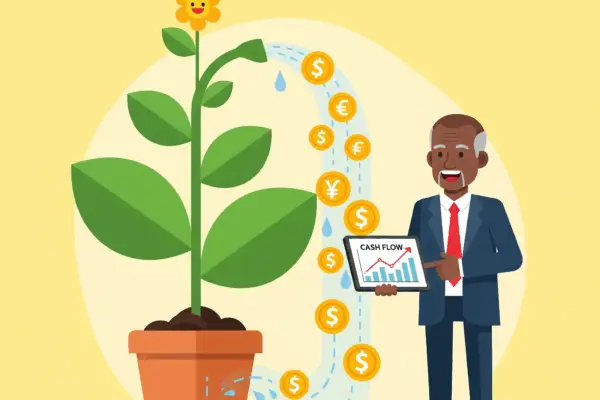Alright, settle in, because we need to talk about something absolutely fundamental to the survival and growth of any enterprise in the wild ride that is today’s global economy. We’re living through an era of unprecedented disruption, aren’t we? Technologies that seemed like science fiction a few years ago are now commonplace. Customer expectations are shifting faster than we can update our websites. New competitors seem to emerge out of nowhere, often with entirely different ways of doing things. And just when you think you’ve got a handle on it, a global event throws another curveball.
In this environment, the comfortable, familiar ways of doing business – the models that brought us success in the past – are being challenged like never before. Trying to stick to a rigid, outdated model is like trying to win a Formula 1 race with a Model T engine. It just won’t work. The simple truth is: staying still is no longer an option.
This is why the ability to fundamentally rethink and adapt how your business creates, delivers, and captures value – your business model – is the single most critical skill for longevity and prosperity in this new era. It’s not just about tweaking the edges; it’s about reinventing the engine itself.
I’ve seen this play out countless times. Think about the taxi industry, for instance. For decades, their business model was straightforward: own or license vehicles, employ drivers, and dispatch rides. It was a stable, predictable model for a long time. And then, seemingly overnight, companies like Uber and Lyft came along with a completely different model: leverage technology to connect drivers (who owned their own cars) directly with riders, bypassing traditional dispatch systems and asset ownership. It was a seismic shift that completely disrupted the established order.
Many traditional taxi companies struggled to adapt. They were so invested in their old engine – their fleet, their medallions, their dispatch infrastructure – that they couldn’t or wouldn’t see the need to build a new one. Some are still trying to catch up.
But I’ve also seen incredible examples of businesses that did successfully reinvent themselves. Companies that recognized the ground shifting beneath their feet and had the courage and foresight to adapt their core model. They questioned everything: How do we create value for the customer? How do we reach them? How do we generate revenue?
Let’s break down what we mean by a business model. It’s essentially the blueprint of how your company operates to make money. It includes things like:
- Your Value Proposition: What unique value do you offer to your customers?
- Your Target Customer Segments: Who are you serving?
- Your Channels: How do you reach your customers?
- Your Customer Relationships: How do you interact with your customers?
- Your Revenue Streams: How do you make money?
- Your Key Resources: What assets do you need?
- Your Key Activities: What are the essential things your business does?
- Your Key Partnerships: Who do you need to collaborate with?
- Your Cost Structure: What are your major expenses?
Disruption can impact any or all of these elements. New technology might create a more efficient channel (like online retail), change customer expectations for speed or personalization, or enable entirely new revenue streams (like subscription services). New competitors might offer a radically different value proposition or cost structure.
So, how do you approach reinventing your business model?
- Obsess Over Your Customer (Again): What are their new needs and pain points in this changing landscape? How has their behavior shifted? This understanding is the starting point for any successful model adaptation.
- Analyze the Disruption: What are the specific forces challenging your current model? Is it technology, new entrants, regulatory changes, or something else? Understand the nature of the threat (and the opportunity).
- Question Everything: Don’t be afraid to challenge your most fundamental assumptions about how your business works. Why do we do things this way? Is there a better way to create and deliver value?
- Experiment and Iterate: Business model innovation is rarely a “big bang” event. It’s often a process of experimentation, testing new approaches, and iterating based on what you learn. Start small, measure, and learn.
- Look for Adjacent Opportunities: Sometimes, the perfect new business model isn’t a radical departure, but an adaptation that leverages your existing strengths in a new way or for a new market segment.
- Be Prepared to Shed the Old: This is often the hardest part. Successfully adopting a new business model may require letting go of outdated processes, technologies, or even revenue streams that are no longer serving you.
Reinventing your business model isn’t a one-time project; it’s an ongoing capability. It requires a culture of curiosity, a willingness to experiment, and leadership that is comfortable with navigating uncertainty.
But for the businesses that embrace this challenge, the rewards are immense. They aren’t just surviving; they’re thriving, discovering new avenues for growth, and building resilience in the face of whatever the future may hold. They are, in essence, building the engines that will power them forward in the age of acceleration.
What are the biggest disruptors challenging your business model right now? How are you thinking about reinventing your engine? Share your insights in the comments below!



